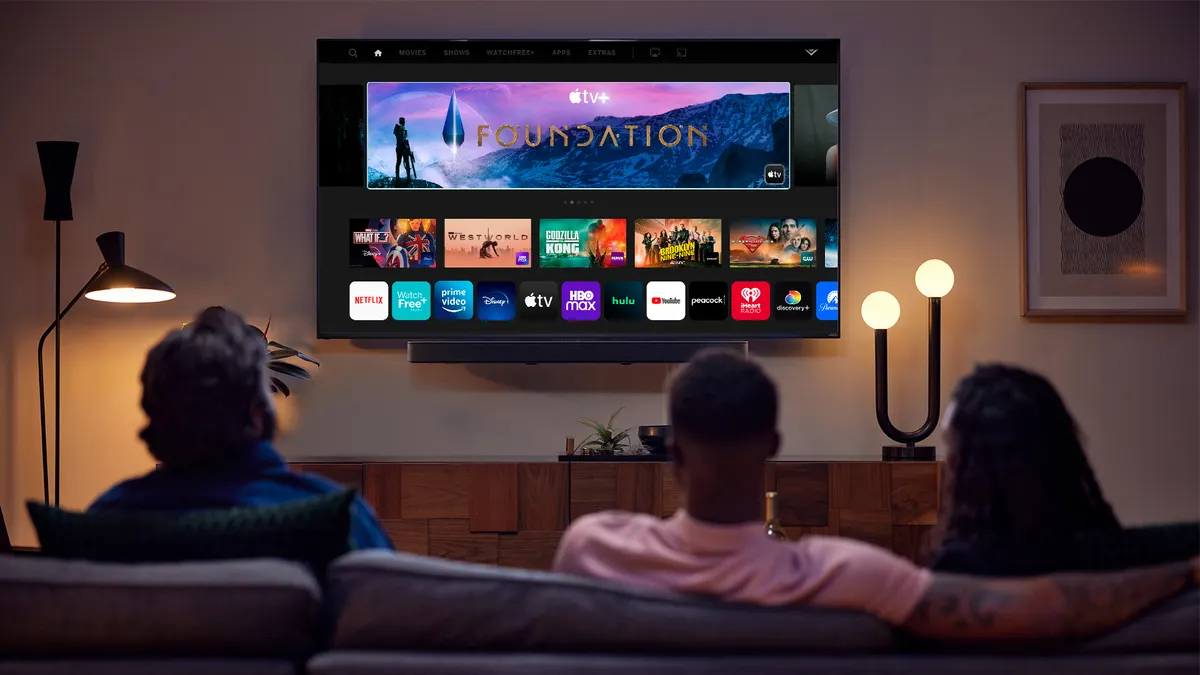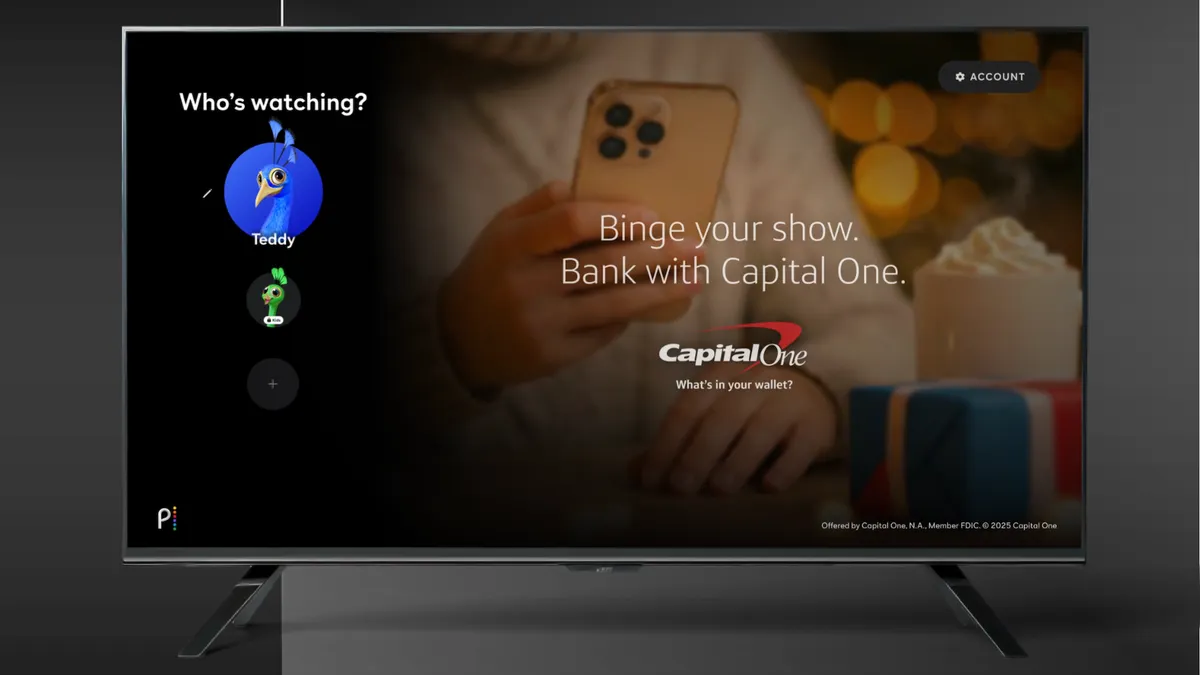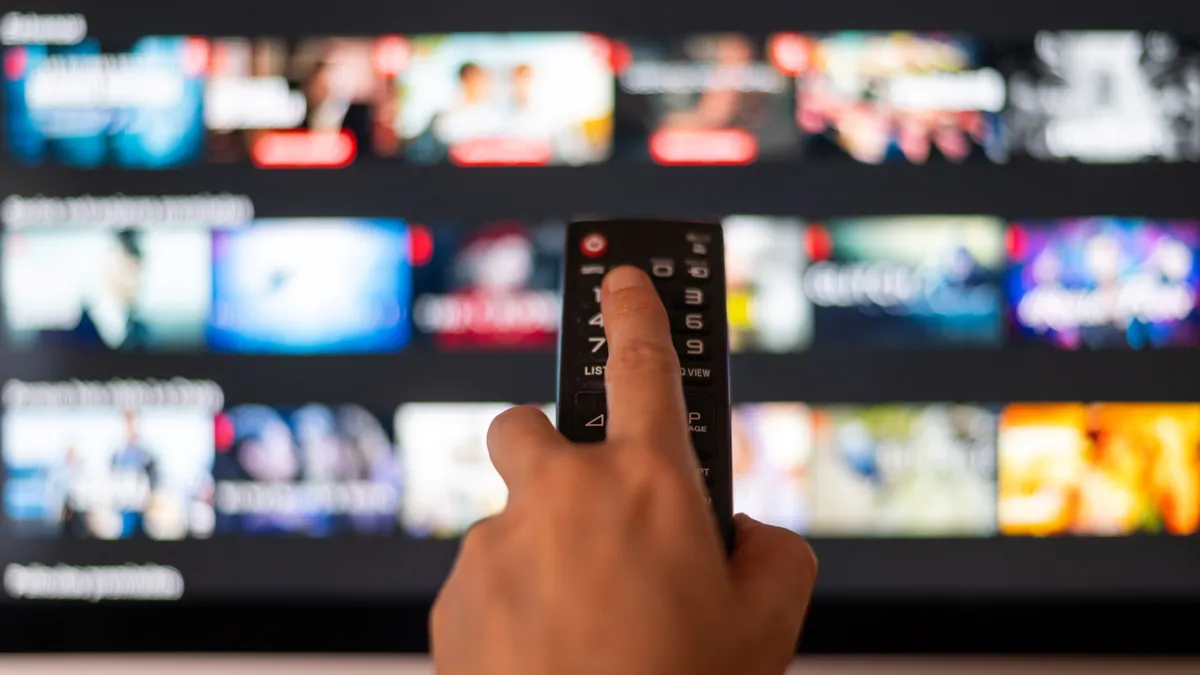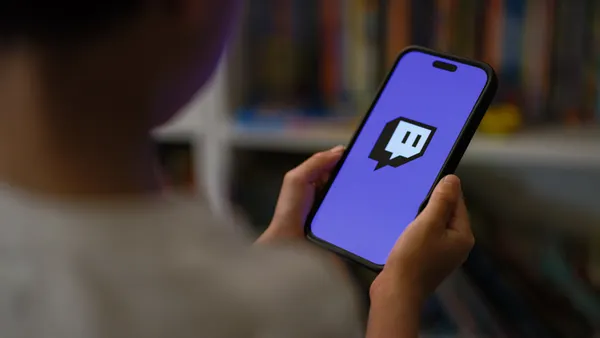TV has been YouTube's fastest-growing viewership channel for several years now, but the pandemic further accelerated a streaming shift that the Google-owned platform highlighted at its 10th Brandcast event Tuesday. YouTube now represents 40% of watch time among ad-supported streamers, according to Comscore data cited by the video giant.
"Our industry is at a tipping point. There are now more streaming households in the U.S. than pay-TV households," Allan Thygesen, president of Americas at Google, said during a pre-recorded presentation. "Looked at ... another way, more than 40% of linear TV ad supply has disappeared in the last four years alone."
During the presentation, dubbed Brandcast Delivered as part of the Interactive Advertising Bureau's all-virtual NewFronts, the company reported more than 120 million U.S. consumers streamed YouTube or YouTube TV through TV screens last December. YouTube is trying to tie its burgeoning connected TV (CTV) audience to fledging bets in other spaces fortified by the pandemic, including e-commerce.
YouTube on Tuesday previewed a feature called "brand extensions" that lets viewers request that an ad send a URL to their smartphone or other second screen to learn more about the company or product. In an announcement, YouTube said brand extensions are the first of "many" interactive TV features coming down the pike. The platform will also soon allow advertisers to integrate browsable product images in direct-response video ads to drive more direct sales on their apps and websites.
YouTube, like other digital video platforms, has benefited immensely from the pandemic, with ad revenue jumping 49% to $6 billion in 2021's first quarter. The windfall has been mirrored at rivals including Amazon, which also touted a surging streaming audience and its ability to link those eyeballs to shopping carts as part of its NewFronts debut earlier this week.
"TV was our industry's most critical medium for more than a generation. But at this point, even those of you who negotiated good rates are paying more for less every year," Thygesen said to a remote audience of advertisers and media buyers. "This is a moment; an inflection point to reset, to reassess.
"If you were to start from zero and build based on where people are watching, you would start with streaming," Thygesen added.
Three pillars
During Brandcast Delivered, which was hosted by comedian Hasan Minhaj, YouTube tied its CTV gains to a premium offering called YouTube Select that launched as part of the NewFronts last year. Select, a reworking of the Google Preferred program, aims to pair advertisers with the most popular and relevant creators and channels for their business — a curated approach the company is now promoting more heavily around its CTV platform.
"With YouTube Select CTV, you can easily reach your audience with a single offering across the best of YouTube and YouTube TV on the big screen, including live sports, feature-length movies, timely news and our YouTube Originals that champion authentic stories," said Chief Business Officer Robert Kyncl.
The executive called out programming like the NFL's Gameday All-Access show, which is returning to YouTube for a third season this fall, as well as upcoming series from Will Smith and Alicia Keys that are under the YouTube Originals banner.
YouTube TV hit some snags in the road after Roku removed the app from its portal last Friday, preventing new user downloads (existing downloads still function). Roku alleges Google is trying to manipulate search results in its favor, a claim the tech giant denies, according to The Wall Street Journal.
But living room viewing comprises just one of three pillars YouTube is focusing on in 2021, according to chief executive Susan Wojcicki. Another channel in the spotlight is mobile, where YouTube has recently prioritized an offering called Shorts. Shorts mirror the quick-hit content made popular by rival social media app TikTok and entered beta in the U.S. in March. Wojcicki said Shorts already receives more than 6.5 billion daily views, and that YouTube plans to roll out the offering globally throughout this year.
"More and more people are creating content on their phones. We're making it even easier and more fun with Shorts," Wojcicki said.
Finally, YouTube reinforced commitments to protecting its community and ensuring advertisers are appearing in brand-safe places. YouTube dedicated a segment to its ongoing #YouTubeBlack Voices fund that supports Black creators and broader diversity initiatives.
On the advertiser side, Wojcicki touted that YouTube is the first digital platform to be accredited for content-level brand safety by the Media Rating Council. More robust brand safety ladders down to services like Select, where advertisers can choose content that has been reviewed manually rather than through automation.
"YouTube Select offers relevancy at scale and the confidence that your ad buys are brand-safe, with access to advance suitability controls and the options to only serve ads on videos that have been human-verified," Kyncl said.




















